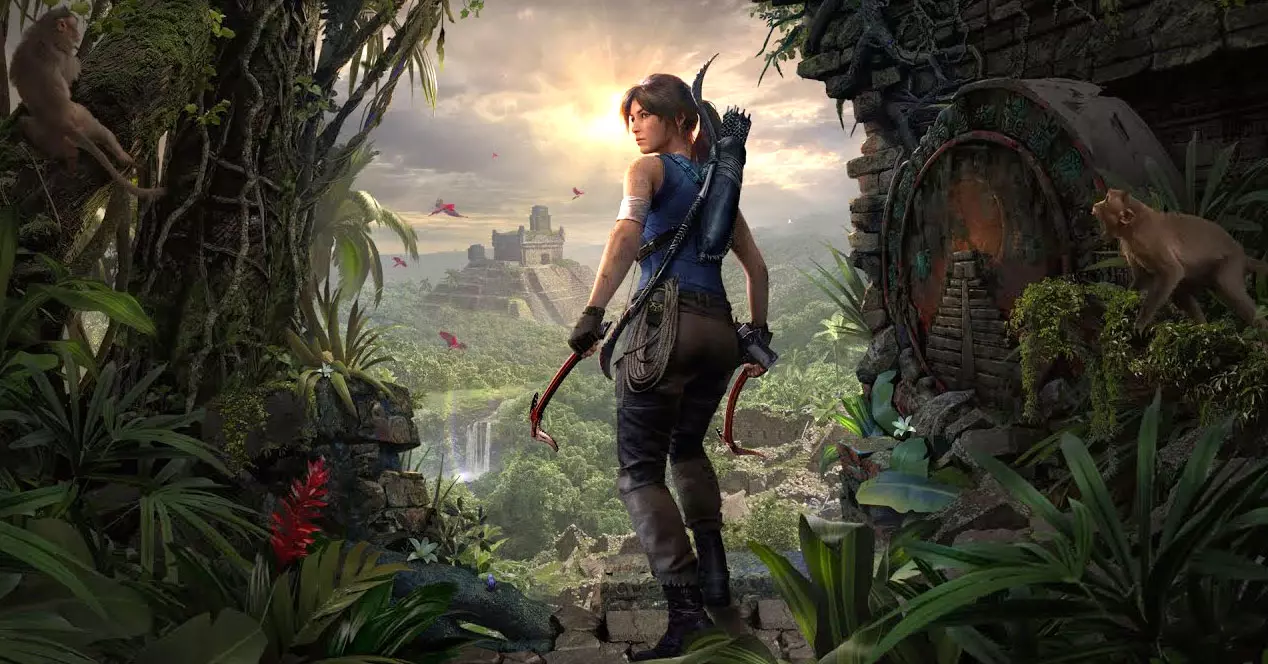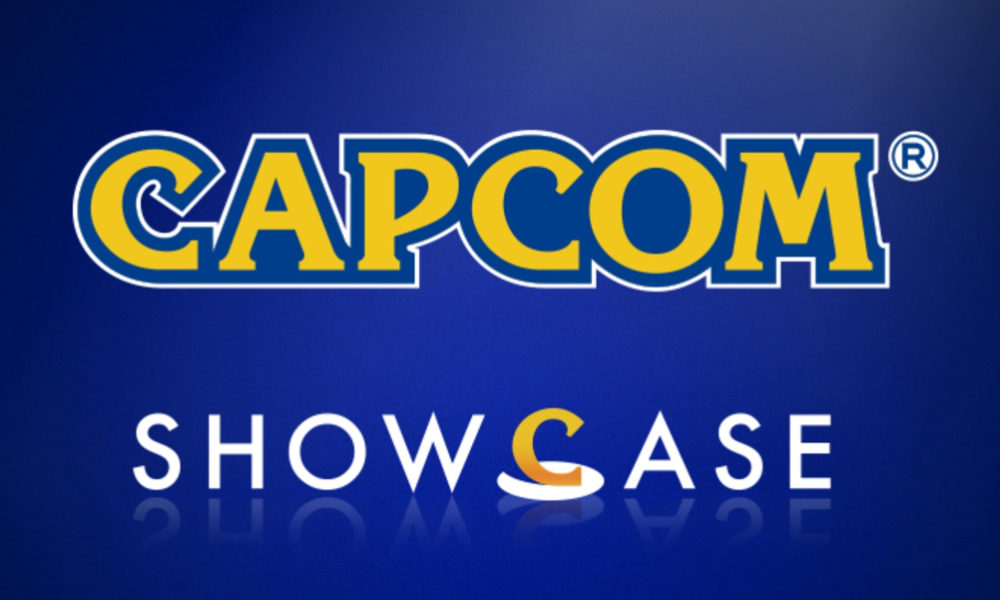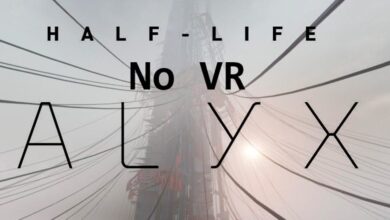
Core Design came a time that did not know how to give it that point of dynamism that the saga needed, so, in spite of those who adored this study, it was put aside in favor of a Crystal Dynamics that appeared to satisfy the requirements of the franchise: a large studio capable of taking on much greater challenges.
Luckily, in the last five years Square Enix (owner of what remains of Eidos) has refocused the franchise adapting it to new fashions and turning Lara into something more than just a curvy body. From the reboot of the saga in 2013 we have a more real, more vulnerable but more determined protagonist who impregnates the screen with a personality that she had not shown in all these years of uninterrupted success. Now yes, Lara Croft is a symbol of the times that we have had to live.
All the games of the Tomb Raider saga
Here you have all Lara Croft games that have reached the market.
Tomb Raider (1996)
What to say about the game that changed everything. It came first for PC and then later for the consoles of the time, although as the years went by, reached all known platforms: from portable consoles to mobile phones (such as Nokia N-Gage), iPhone, Android, etc. Its combination of puzzles, platforms and hand-to-hand combat, as well as a small handling of a limited inventory, made it a benchmark for the entire industry and paved the way for dozens of studios that were dazzled.
Tomb Raider II (1997)
Eidos had found the goose that lays the golden eggs and he decided to squeeze it with games that arrived every year. Tomb Raider II It is more of the same that we saw in the first game, although it was already developed directly for computers and consoles. Logically it was a huge (but huge, huge) success and the public seemed eager to have more and more adventures of Lara. So the churrera began to work, only improving aspects such as the size of the maps, the weapons and a story that invited us to find the Dagger of Xian, an artifact that gives the bearer the power of the Dragon.
Tomb Raider III (1998)
The third consecutive game of Eidos and Core Design it does not change too much of third what was seen in previous deliveries and, now, we will have to go in search of the fragments of a meteorite that hit Antarctica millions of years ago. Through it, a corporation will appear that will try to stop Lara’s intentions while she travels much of the world. The game, at this time, was already beginning to show certain signs of exhaustion and was crying out for new ideas and game dynamics, although it was still selling non-stop and nobody missed radical changes.
Tomb Raider The Last Revelation (1999)
with this game Core Design continues to command the franchise and things are already beginning to go wrong: although every year the new models that lend themselves to give life to the flesh and blood Lara Croft (the one from official presentations and press events) are in the news, in reality the game languishes for the few novelties that are introduced year after year. East Tomb Raider The Last Revelation confirms the (playable) stagnation of the franchise despite the fact that the results are made up, they continue to offer monstrous benefits. This time, Lara Croft returns to Egypt, where she tells an ancient legend that the evil god Seth was tricked and imprisoned in a dark tomb in the Valley of the Kings. We will also learn about some of the adventures that Lara experienced when she was just 16 years old…
Tomb Raider Chronicles (2000)
The end of Tomb Raider The Last Revelation It left us with our hearts in a fist because Lara was buried in some ruins giving us the feeling that she could have died. Obviously it wasn’t, so the beginning of this Chronicles takes us right to that moment in which he tries to escape from the Temple of Horus. We will see Werner Von Croy, another recurring character in the adventurer’s life as Core Design continues to exploit a formula that soon becomes outdated. Crystal Dynamics, for example, will be one of the protagonists of the genre with its developments of Legacy of Kain, etc. Wonders that surely influenced Eidos’ decision to change course of the franchise.
Tomb Raider The Lost Artifact (2000)
Strange pitch that actually is a kind of expansion of Tomb Raider III and that it only arrived for computers, PCs and Macs. It starts from the idea that there were not four but five remains of the meteorite that fell in Antarctica, so we will have to go look for it in its new location. It is a rarity only suitable for fans who are very fond of the archaeologist…
Tomb Raider The Prophecy (2002)
It was obvious that sooner or later Lara Croft was going to have to appear in a game for portable consoles, and this was Tomb Raider The Prophecy. Obviously, due to the limitations of the console, it is a 2D title that, however, replicates quite a few game mechanics from the original titles. His story, practically anecdotal, tells us about the books of Ezekiel and some of the prophecies that he launched around three magic stones.
Tomb Raider The Angel of Darkness (2003)
Eidos decided to give the franchise a break due to exhaustion and neither in 2001 nor in 2002 did we have deliveries of Tomb Raider. So the return of this Angel of Darkness It was one of the most anticipated because it was a kind of restart, at least in terms of Lara Crofot’s graphic treatment and game mechanics, which tried to make a leap in quality. Unfortunately, It was one of the chapters that suffered the most criticism because of a hasty launch due to the need to support the theatrical release of the film starring Angelina Jolie. Core Design was unable to hit the nail on the head, despite hanging its argument from the perch of events in Tomb Raider Chronicles. Was the end coming?
Tomb Raider Legend (2006)
Eidos, disenchanted by the problems of the Angel of Darkness took a rudder and took the franchise away from its creators. Core Design said goodbye to tomb Raider to make way for Crystal Dynamics. It was, really, a beginning for the saga and we even return to scenarios such as Nepal, in addition to learning a little more about Lara Croft’s childhood. Finally, the long-awaited evolution of the franchise towards new, more complex forms of gameplay, much larger and labyrinthine maps, and a revamped combat also take place. We enter the previous era in which the protagonist has enormous competition with other video game heroes, such as Nathan Drake with his first Uncharted for PS3 (2008).
Tomb Raider Anniversary Edition (2007)
Crystal Dynamics dared to carry out a curious project on behalf of Eidos, such as the take over a remake of the first title from 1996. With this Tomb Raider Birthday We will relive Lara’s adventures with better graphics, movements and gameplay changes. It was the title that had the difficult task of containing the arrival of a Uncharted that truly revolutionized the genre with new mechanics, combat types, and narrative. Would Eidos make the leap to that new generation?
Tomb Raider Underworld (2008)
After the parenthesis of the version that celebrated the anniversary of the original game, back to the line of argument Tomb Raider Legend and we witness the almost destruction of the Croft mansion, in an adventure that takes us to a world of darkness where Lara will continue trying to find her mother. The excuse, the search for the path to Avalon, the mythical place where some claim that the remains of King Arthur rest. Although it is a more than decent title to be a tomb Raideris perceived as surpassed by what some companies are already working on in the heat of the resounding success of Uncharted. Anyway, Eidos begins to extend the gaming universe to new platforms and concepts.
Lara Croft and the Guardian of Light (2010)
Originally released for PC, this title is an adaptation of the concept tomb Raider to an action game with an isometric perspective that could even be confused with a Devil. But don’t believe it, this independent adventure is very focused on solving puzzles and fighting against hordes of enemies that assault us within labyrinthine and very well designed scenarios, in addition to maintaining a really attractive platform spirit. An experiment that went very well for Eidos and that only had one continuation.
Tomb Raider (2013)
Now, yes, Eidos (Square Enix) hit the nail on the head with the first game of the trilogy that many know as the lara survivor (survivor). Finally, the franchise makes the leap in quality that it needed, with updated mechanics, role-playing character management, with inventory, skills and objects to farm and build, new types of combat and the arrival of stealth, as well as an extraordinary narrative inherited from the Famous Uncharted. It is, without a doubt, of the peak moment of the franchise which would be even better with the next two titles arriving in the same decade.
Lara Croft and the Temple of Osiris (2014)
After the success of L.ara Croft and the Guardian of Light, Eidos was encouraged to create a second installment which, on this occasion, allows us to play cooperatively with up to four participants, and not two as in the previous one. New batch of puzzles, really worked scenarios and a catalog of enemies which are more complicated. Unfortunately, it is the last of the games of this type released by the company. A shame because they are very interesting.
Lara Croft GO (2015)
Eidos explored new paths for its franchises and this Lara Croft GO represents a radical turn because it introduces the movements by turns to tell us a story that moves away from the original titles. In addition, it includes a whole series of puzzles hidden in phases that we have to overcome one by one. Although it was originally conceived for mobiles and tablets, it finally had adaptations for PS4 or PS Vita. Very funny.
Rise of the Tomb Raider (2016)
Direct continuation of tomb Raider of 2013, manages to be better thanks to the inclusion of a whole battery of novelties starting from the size of the maps, which are much larger and more complex, to new combat mechanics and Lara Croft movements. The arsenal that can be manufactured is joined by the possibility of submerging in water to maintain stealth in certain missions. The franchise gains greater narrative weight and Crystal Dynamics definitely manages to put the future of tomb Raider in the best way imaginable.
Shadow of the Tomb Raider (2018)
We come to the last of the titles that have reached the stores. The twelfth development of the franchise that completes that trilogy survivor with an (almost) sandbox, where we have certain areas and open maps, the puzzles are multiplied and that game mode is perfected in which Lara can complete main and secondary missions as well as define a skill tree that has been worked on even more. We will see where the paths of the franchise go in the coming years but, for now, the starting point is the best we can imagine for a character that is part of the history of video games… and popular culture.



